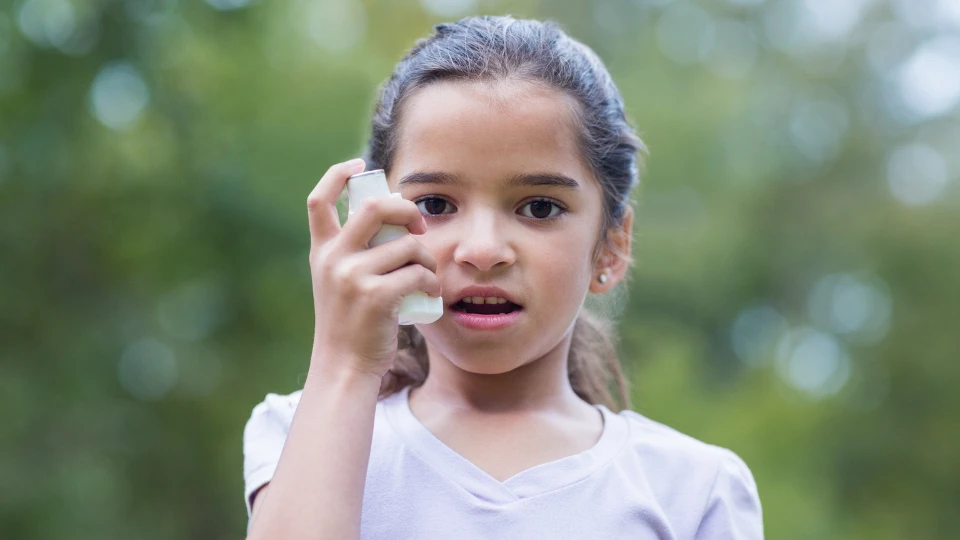Asthma is a chronic respiratory condition affecting more than 4.6 million U.S. children. More than 1 in 10 people (10.4%) living in low-income households (below 100% of the federal poverty level, or FPL) have asthma, a rate about 1.5 times higher than that of people living in the highest income households (greater than 450% FPL). These marked inequities are caused by a combination of socioeconomic status, environmental exposures, and healthcare access. To achieve health equity so that all children are given the circumstances and opportunities to thrive, regardless of their race or household income, comprehensive approaches targeting social drivers, promoting environmental protection, and improving healthcare access are necessary.
CHF’s asthma brief, When Air Isn’t Fair: Inequities in Pediatric Asthma and Strategies for Reducing Them provides a comprehensive look at how asthma impacts children from under-resourced communities and provides policy options to address the inequities in asthma care affecting children of color and children from low-income communities in the United States.
Key Takeaways
Asthma affects more than 4.6 million U.S. children, but children of color and children experiencing poverty face higher prevalence and death rates than other children.
- In 2021, the asthma mortality rate per million was 7.7 for Black children and 5.6 for non-white Hispanic children, compared with 1.0 for white children.
- Non-Hispanic Black (11.6%) and Indigenous American (9.2%) children have prevalence rates more than or nearly twice, respectively, the prevalence rates of non-Hispanic white children (5.5%). Hispanic children also have a slightly higher asthma rate (5.9%) than the non-Hispanic white children.
- More than 1 in 10 people (10.4%) living in low-income households (below 100% of the federal poverty level, or FPL) have asthma, a rate about 1.5 times higher than that of people living in the highest income households (greater than 450% FPL).
Lack of access to quality healthcare, higher exposure to environmental triggers, and systemic racism are drivers of pediatric asthma inequities.
- In 2021, American Indian and Alaska Native children had the highest uninsured rate at 14.1%, nearly three times as high as the national average. The uninsured rate was 7.8% for Hispanic children, 6% for Native Hawaiian and Pacific Islander children, and 4.4% for Black children. By comparison, non-Hispanic white children were uninsured at a rate of 3.9%.
- Asthma triggers and allergens, from industrial pollution to densely packed motorways, to dust, cockroaches, and more, contribute to asthma inequities among children of color. Research indicates that Black renters report higher rates of exposure to indoor asthma triggers like rats, mice, cockroaches, and mold in their homes.
Reducing asthma inequities among children of color and children experiencing poverty requires a comprehensive approach that targets social drivers of health, promotes environmental protection, and improves healthcare access.
Healthcare Solutions:
- Increased support and funding for mobile medical clinics (MMCs) and telehealth.
Research into an asthma-based MMC for children living in low-income communities found that MMC care led to lower emergency room visits, hospitalizations, and school absences. - Increased support for school-based programs and school-based health services.
- Increased access to language accessible and literacy-inclusive health services.
- Increased physician adherence to asthma guidelines developed by the National Institutes of Health (NIH) and the National Heart, Lung, and Blood Institute (NHLBI).
Policy Solutions:
- Passage of laws and regulations that aim to promote environmental justice, reduce air pollution, and curb the impact of climate change.
- Governmental efforts to increase access to insurance coverage and healthcare services for children from under-resourced communities.
- Investments in research efforts that focus on understanding the drivers of racial, ethnic, and socioeconomic inequities in asthma rates among children.








